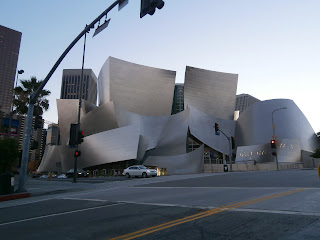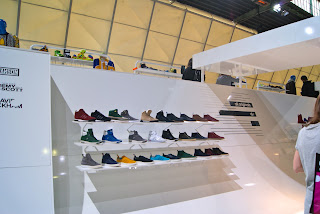Some more Predicted Trends that we could
relate to MINI that I thought were relevant from the talk to link in with some
of our ideas. (Some are what I have already talked about with you guys but
thought I would put them up as a reference point and reminder, including the
others too)
Symbiotic Branding
· Things seem better when you do it with someone else
· The relationship between consumer and brand has changed from:
Used to be a way to get a buzz and people in-store
· In an age of austerity, open culture, urbanization, beta mindsets and shifting heiraches between brand and consumer that has changed.
· A new model is emerging
new era, brands neighbors, customers and
even competitors are its new collaborator.
Space Squatting
Trend Drivers, Social, Technological etc.
Utilizing space and areas where facilities are not being used at certain times of the day. Lower overheads, no start up costs for restaurants.
An Islington pie and mash shop becomes The Seagrass by night
Utilizing space that is vacant at night. Lower overheads, with no huge start up cost.
Back in 5 minutes: The disappearing Dining Club- Made a 6 month pop up restaurant.
Co-trader
and co-maker
· People coming together to help
each other/solve problems
DIY more important as people produce their
own stuff getting raw materials and making it ourselves
·
As this happens our sense of
brand and product will continue to mix and merge
·
Genuine but ‘not authentic’.
Tired and overdone.
M-Commerce
& Digital Dominance
Google Glasses – we will have at end of
this decade
Wireless Internet & Smartphone
ownership increased rapidly over past couple of years. People adapt to
technology very quickly.
Health
Data
What would you share to get money or
rewards?
18-24 young people are a lot more likely to
share.
Collaborative
Consumption
People increasingly interested in access
ownership, eg not owning a CD
They don’t need to have as much stuff – its
more about the experience of it.
Co-operation
Smart Brands are taking a new stance on
capitalism. Instead of competing they are celebrating common purpose and
turning competition into collaboration.
Aldi with upmarket supermarket Fortum &
Masom. (In Germany)
Brand
Jacking
Brands Hijacking, the logos and names of
others to increase their influence.
ADVERT – Old Spice – smell is power advert/bounce
http://www.youtube.com/watch?v=PvYP_d2S1Pg
Brandalism
Smart brands are mischievously attacking
their competitors product launches, commercials and events in acts of blatant
brandalism.
Olympics – Oddbins offered a 30% discount
for people who supported rival brands
Art
dustrial revolution
Artisians and designers
Eirik Helgesen, Eastfjords, Iceland.
Rebirth
of community
Responsive Systems
Science museum in London
Designers are creating work that requires
people to be there to make something happen to be.
Chromeweblab.com – makes thing happening
from other people in world who are alike.
Something happening at night that could be
happening when you’re not there. Connecting people and space via online.
Symbiogenesis
Brands will no longer be solely producers
but instead they will form platforms, networks and communities. This is a new
business paradigm. Symbiogenetic brands will consider co-operation,
collaboration and cooperation their default way of working.
Faction
Marketing
Consumers today are highly sophisticated,
they are bored of Authenticity – know it’s a lie
Suspend their disbelief – dive into transmedia tales
Brands merge fact and fiction, and fiction
with fact
Peugeot selling features of car through fun
fiction way
The Hybrid graphic novel by Peugeot Hybrid
http://www.youtube.com/watch?v=-lNTag-1Hmc
Austerity
Fatigue
We are seeing a push back from austerity
Authenticity overkill
Retail
Theatre Rising – It is so important
·
Yayoi Kusama collaboration with
Selfridges – Louis Vuitton - Concept Store
http://style.selfridges.com/self-tv/making-kusama-louis-vuitton-concept-store
·
McQueen Store – flick runway,
technology
Potterism
We are more interested in fantasy than ever
Transmedia
storytelling
Marketers are telling stories over multiple
media channels
Fashion
Films
Film marketers are creating viral videos,
social networks and live events.
Storytelling
Taking something simple and showing it in an engaging way
Viral video for Lady Gaga’s fragrance
Telling the story of ingredients, better
than just putting ingredients on a bottle.
http://www.youtube.com/watch?v=BV_Prml-oB8
http://vimeo.com/42562659 - The Forty Something
NIKEcraft: based on a mission to Mars.














































